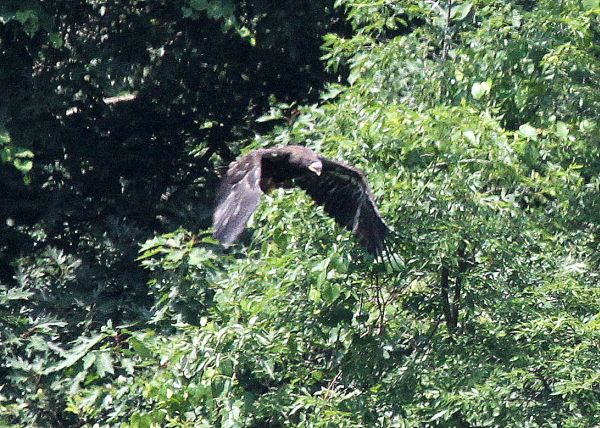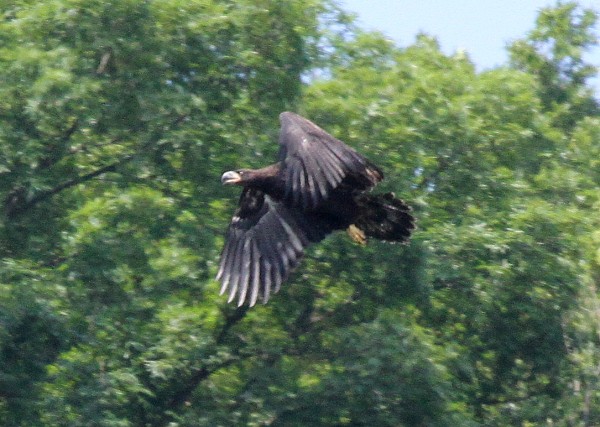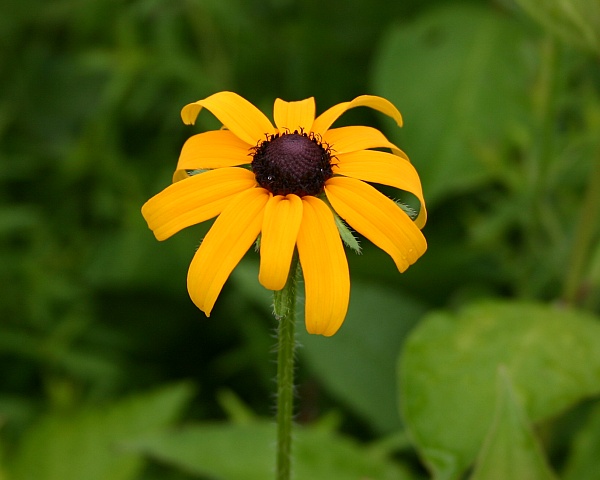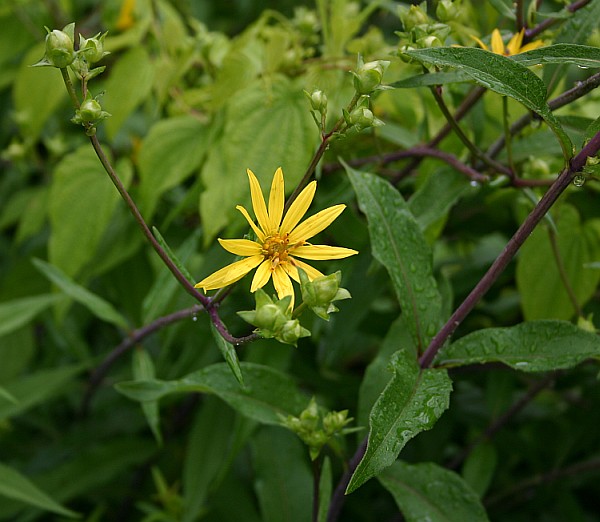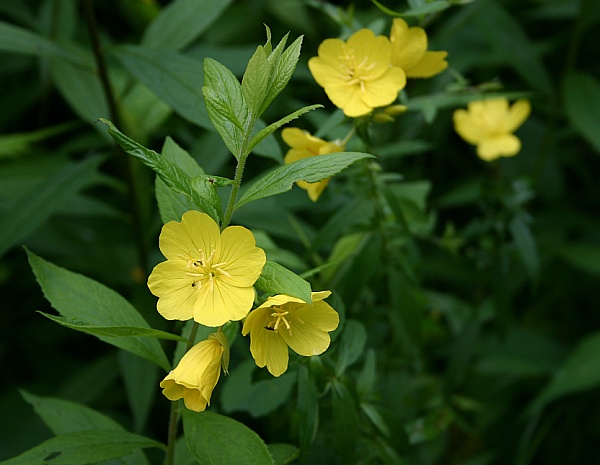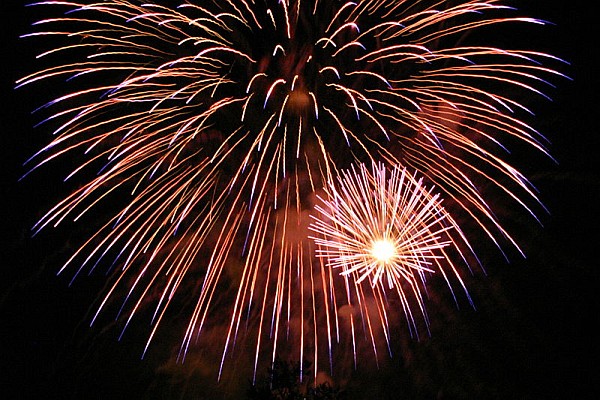
3 July 2013
Every year around the Fourth of July people use our neighborhood park to try out illegal fireworks.
Last Sunday we jumped out of our skins when someone exploded a minute’s worth of “M-80” salutes across the street. After our hearts stopped racing and our cat emerged from under the bed I wondered…
What do birds think of fireworks?
I can guess based on our own reactions, but here are some scientific studies.
In the Netherlands where fireworks are popular on New Years’ Eve, the University of Amsterdam uses weather radar to track birds’ reactions when civilians celebrate at midnight. On the radar here you can see thousands of birds fleeing en masse for 45 minutes. The birds most affected are ducks and geese overwintering at quiet wetlands. I suspect they are doubly susceptible because they aren’t habituated to human noise and they flee the sound of gunfire because they are hunted.
On the U.S. Pacific Coast a few towns have changed their fireworks venues to protect nesting seabird colonies. When fireworks are too close the adults flee the cliffs exposing their young to cold or predation, or the young jump off the cliffs before they can fly.
At Depoe Bay, Oregon the fireworks display used to be held a mile north of town in a state park on a high cliff overlooking the ocean. The site is part of Oregon Islands National Wildlife Refuge and has a large nesting colony of Brandt’s cormorants. After July 4, 2011 and years of fireworks-induced nest failure the U.S. Fish and Wildlife Service began talking with municipal leaders about moving the venue. USFW did a study showing significant nest failure and provided an alternate seaside location only a seven minute drive from town. Most towns understand and accommodate. Depoe Bay became famous for canceling and complaining.
So what do birds do about fireworks? It depends. Some flee. Some hunker down. Others are tolerant if the noise isn’t too close. In any case the disturbance is temporary.
It’s pretty much our pets’ reaction too.
UPDATE 2020: A 2017 Pennsylvania law permits all Class-C “consumer grade” aerial fireworks. M-80 salutes and similar explosives are still illegal under federal law.
(photo from Wikimedia Commons. Click on the caption to see the original)
